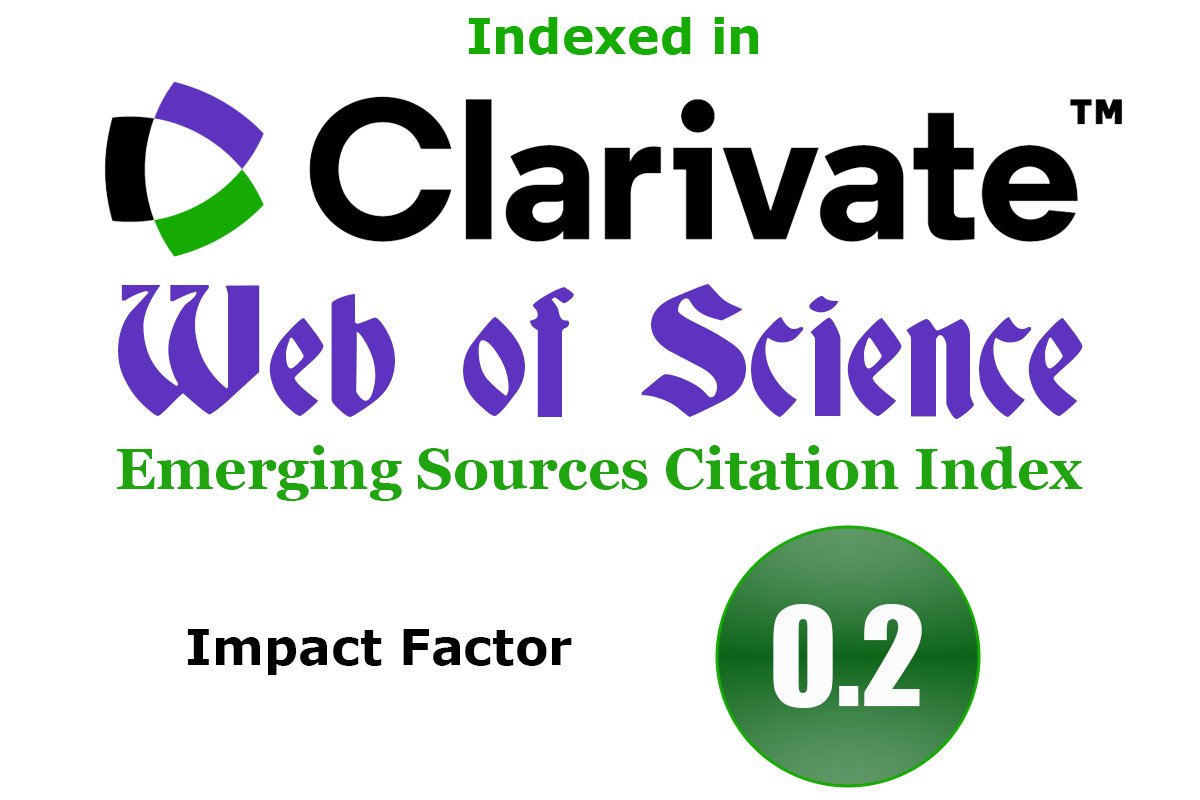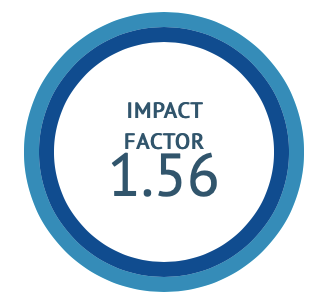Efficacy of Vidanga Arka in Karnashoola with special reference to Otomycosis - A Randomized controlled clinical study
DOI:
https://doi.org/10.47552/ijam.v16i3.5831Keywords:
Otomycosis, Karnashoola, Vidanga arkaAbstract
Introduction: Karnashoola is one among the Karna Rogas, characterized by Shoola, Kandu and Srava. Among the type of Karnashoola, Vata-kaphaja Karnashoola can be correlated to Otomycosis and also it being the commonest in occurrence has been selected for the present study. Madhu has Tridoshaghna, Lekhana, Ropana and Vranashodhana property also indicated in Karnshoola.This was taken as control drug.Vidanga Arka mentioned in the Arkaprakasha is useful in the management of Krimi, also Vidanga is known for its Vedaanahara property. Objectives: To evaluate the efficacy of Vidanga Arka in the management of Karnashoola (Otomycosis). Materials and methods: After securing ethical clearance and registering the trial with the CTRI, 30 subjects satisfying the inclusion criteria and diagnosed with Karnashoola were randomized into two groups (15 in each group). Group A and Group B was treated with Vidanga arka and Madhu ear drop for 7 days respectively. Objective [parameters were assessed using Aural endoscopy and recorded on the baseline, 7th, 14th, 21st and 28th day. The data related to the within the group response at different time intervals in Group A & B were assessed by Friedman’s test for repeated measures. To evaluate the difference between the groups with regards to parameters, Mann Whitney rank sum test was carried out. Result: Study indicates that Vidanga arka and Madhu are equally effective in the management of Karnashoola (Otomycosis) (p<0.05). Conclusion: The study concludes that both Vidanaga Arka and Madhu Ear drop has beneficial effect in the management of Karnashoola (Otomycosis).
Downloads
Published
How to Cite
Issue
Section
License
Copyright (c) 2025 International Journal of Ayurvedic Medicine

This work is licensed under a Creative Commons Attribution-NonCommercial-ShareAlike 4.0 International License.
The author hereby transfers, assigns, or conveys all copyright ownership to the International Journal of Ayurvedic Medicine (IJAM). By this transfer, the article becomes the property of the IJAM and may not be published elsewhere without written permission from the IJAM.
This transfer of copyright also implies transfer of rights for printed, electronic, microfilm, and facsimile publication. No royalty or other monetary compensation will be received for transferring the copyright of the article to the IJAM.
The IJAM, in turn, grants each author the right to republish the article in any book for which he or she is the author or editor, without paying royalties to the IJAM, subject to the express conditions that (a) the author notify IJAM in advance in writing of this republication and (b) a credit line attributes the original publication to IJAM.




